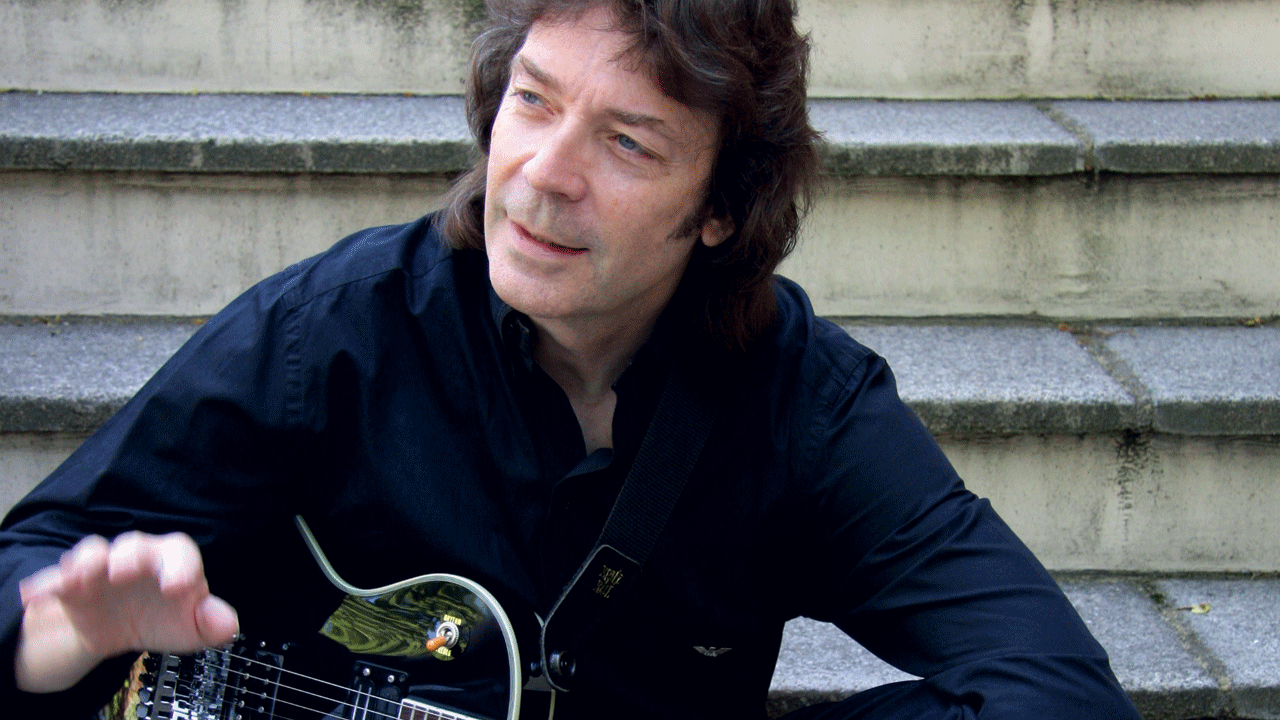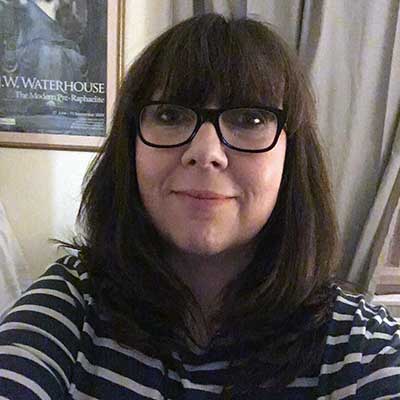Love and loss. That’s what the teenage harmonica-hugger turned Genesis fret-fiddler learned about the blues when Howlin’ Wolf seduced his girl.
I started out as a harmonica player, and my first exposure to it was Larry Adler, whose style added pretty melodies to many songs. In the hands of a bluesman, though, the harmonica became another instrument entirely./o:p
I sought out harmonica-led acts and would go to watch bands at Eel Pie Island, the home of British blues. It was the closest England was gonna get to the Delta, with the added bonus that you had to cross the river to get to it – very atmospheric on a misty night. Once I’d arrived there I’d see all those musicians doing all those things that I wanted to do./o:p
Blues was where all the sonic developments happened in the guitar. Before that guitar music had been cowboy music, like the theme tune to Bonanza, or Apache. Suddenly guitars started to sound closer to a human cry and heavy vibrato was all part of that. My first taste was when the Stones did their version of I Wanna Be Your Man, and Brian Jones’ use of slide guitar. It was like we were all riding push-bikes then someone came in with a Harley-Davidson. Suddenly guitar had arrived, and the world was never the same again.
MUDDY WATERS
Mannish Boy (Chess, 1955)
Right back to the beginning of my blues obsession is Muddy Waters with this particular band. Now this is a track. It sounds like it was recorded recently, you’ve got ambient drums, it’s all about close mic-ing and embracing the whole idea of what live music was about. It sounded like it was at a party, and the band had kinetic energy. It’s Little Walter on harmonica and a whole load of whooping going on in the background, so there’s a lovely loose feel, but it’s also tightly wound and ready to pounce. All of it was an introduction, a clarion call, “come on and love me”. I later got The Best Of Muddy Waters, from 1958, and there’s something about the simplicity, the rootsy feel, I felt that was hugely influential on shaping my taste and the music I would make./o:p
HOWLIN’ WOLF
Moanin’ In The Moonlight (Chess, 1959)
Wolf was by day a farmer, an autodidact and a self-improver. But by night he’s got the voice of experience, like a man who’s died and come back and is telling you about it. This is his debut, and the second track, How Many More Years, that’s the one. I’ve only just become aware that Ike Turner played piano on that track, really well. Then you’ve got Willie Johnson on guitar, and Hubert Sumlin and Willie Dixon producing. On top of that you’ve got Smokestack Lightning – your basic blues education! There’s something about the sound, an urgency and an insistency that I can only describe as sexy. It’s that tension that underpins Chicago blues and it makes it very interesting. This used to seduce women, no doubt about it. I have direct experience. My first girlfriend left me for a guy who would play blues records, she got turned on to him by the music he was playing her. I was just 15 and I lost her to the allure of it!/o:p
SONNY BOY WILLIAMSON
Down And Out Blues (Checker, 1959)
There are two seminal tracks from Williamson for me: Don’t Start Me Talkin’ and Fattening Frogs For Snakes. He’s also got Muddy Waters and Willie Dixon with him, that’s the same people that you keep coming back to. Here, the pleading harmonica wail from the streets hooked me. These songs are a description of all of the shake-downs and the hoods. It’s another world that they were on the fringes of and one that I would never know. I love his voice and the vibrato he has that sounds like a hunted cat. I’m sure I saw him on TV and he was holding the harmonica in just in his mouth, without hands. The change in his face showed some extraordinary magic going on./o:p
BUTTERFIELD BLUES BAND
East-West (Elektra, 1966)
I was introduced to them by the older brother of a friend. We went along to see them at Eel Pie and there were two guitarists in the band, including Mike Bloomfield who was starting to work with Dylan. On the night I went they seemed to take forever tuning up. But when they started, they floored me from the first note. And guess what? There was distorted blues harmonica, sounding like electric guitar. Vibrato characterises a great guitarist as far as I’m concerned and Paul Butterfield had vibrato to die for. I thought I knew what blues was about but this was a bit like getting run over by a truck. It was the best gig I’d ever seen.
East-West was an attempt to marry up Indian stuff with straighter blues stuff. There’s a little track on it called Never Say No, and on that the harmonica does something entirely different – it has reverb on it but he’s not shoving it through an amp, it’s hand movement. It sounds ghostly and spooky and this is the sound I’ve tried to emulate. Elemental and strange. These guys were out there functioning as a multiracial outfit at a time when there were still race riots going on. It just shows what people can do when they work together./o:p
JIMI HENDRIX
Are You Experienced (Track, 1967)
Oh, the idea of transplanting this flower to England and see if it would flourish… A while ago I collaborated with [Yes bassist] Chris Squire, who said he met Hendrix backstage at the Marquee club but didn’t know who he was. The next minute he’s up on stage giving it some. Yes were on the same bill, and he looked out from the wings to see that anyone who was anyone was in the audience, including The Beatles. I first saw him on TV, and even though it was black and white, and in mono, I could tell he was so at one with the music, as well as having the element of ‘there’s something dangerous about this guy.’
As well as reinterpreting the blues he did Third Stone From The Sun, which was quite proggy, and would break down the barriers of musical prejudice. I saw him live twice. The first time Peter Gabriel was in the audience, too, but we didn’t know each other then, and the second time was at the Isle Of Wight. Nothing beat that first TV appearance. How did he inspire me? I spent decades mastering finger vibrato. I practiced this more than any other technique. The Brits really had that down first but Hendrix took it somewhere else, and he had the whammy bar action too./o:p
JOHN MAYALL
Blues Breakers With Eric Clapton (Decca, 1966)
This record is absolutely essential. Great rough and ready blues and the birth of the guitar hero. I’ve conducted a survey among other guitarists such as Brian May and Steve Howe, and we all agree that this is Clapton’s finest hour – this is how we want Eric to play! Eric will draw a veil over it and tell you what’s wrong with it, but the rest of us are the true owners of it: the audience.
From the opening track it’s got a wonderful feeling of ‘here I am at a club listening to live blues’, and he’s doing everything that we wanted to do. Slap echo, great distortion, great control, great vibrato. A hot solo, a few salvos fired off, and the kind of blues where anyone can join in and jam, that’s what I’m interested in. It’s not the structure, or the lyrics. It’s the immediacy. It’s coming to you from hell but still you’re compelled to listen. That’s the only qualification to play the blues: love and loss. You’ll have been crying into your beer, then you rebuild your life with your own hands, through music./o:p
Steve’s new album Wolflight is out now via InsideOut. See www.hackettsongs.com./o:p

